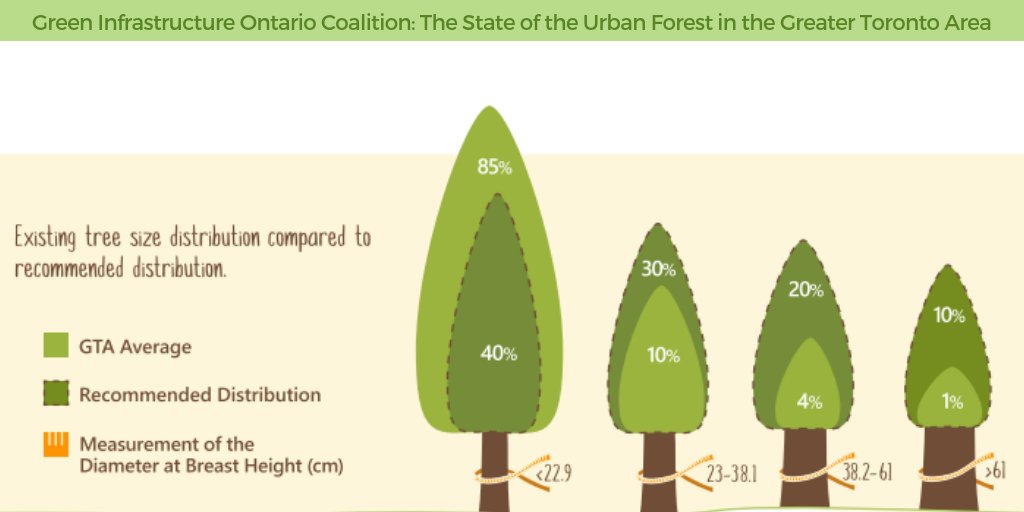Safeguarding Your Landscape: Replanting After Tree Removal
Safeguarding Your Landscape: Replanting After Tree Removal
Blog Article
Content Writer-Thorup Haaning
Tree elimination can leave a space in your landscape that requires dental filling. You can grow something new in that space, yet it takes extra care and attention at the beginning to help it prosper.
The soil in that location will certainly maintain altering gradually as microbes break down the old origins. That can influence the nutrient equilibrium and physical space for new growth.
Soil
The soil in a plot where a tree has been gotten rid of is likely to be very different from the remainder of your garden or backyard. The roots of the old tree and the stump will certainly have altered the soil, eliminating some nutrients and perhaps crowding out various other plants. Furthermore, if the previous tree was unhealthy, the infectious representative might still be in the ground.
The existence of roots promotes an abundant and varied community of dirt microorganisms that boosts vital processes like nutrition cycling and raw material disintegration. Without these microbes, the displaced soil can end up being less productive and nutrient-depleted, with an unfavorable impact on plant development.
Before replanting, the dirt needs to be eliminated of particles and natural material (such as wood chips from stump grinding). please click the next website may want to mix in potting dirt or native dust with this garden compost to give your new growing with a setting that is well balanced and full of nutrients.
Water
Tree roots soak up huge amounts of water from the soil. please click the next webpage adds nutrients back to the dirt, particularly nitrogen, which is necessary for brand-new trees and plants. Unfortunately, tree service chicago can be depleted of these vital minerals because of the worn out roots and stump from a removed tree.
This is why it's important to have a plan for the future of your landscape. Preferably, the most effective time to plant is when you have a fresh start.
Whether you're planting grass or flowers, make certain to utilize a soaker tube to prevent overwatering your new landscape design. If the location was a yard, ensure to cover the dirt with organic mulch to help maintain moisture in the soil, regulate soil temperature levels and suppress weeds. This likewise gives a layer of protection for young plants and promotes worm task. Then, regularly replenish the compost to continue boosting the dirt nutrient density and microbial life. This is known as soil repair.
Light
Trees are a fantastic enhancement to any landscape, giving shade, aesthetic pulchritude, and numerous other advantages. Nevertheless, sometimes trees end up being unpleasant due to a range of factors, consisting of condition, bug problems and natural aging.
In such situations, it might be necessary to get rid of a tree. It is necessary to take into consideration the worth of a particular tree in your landscape design and take the proper actions to ensure that the elimination is done safely and effectively.
Throughout the late summer season, it's an excellent time to do upkeep and inspections on existing trees. Look for signs of condition, insect invasions, or structural damages, along with any kind of potential risks such as weakened or leaning trees.
Prior to starting any type of building and construction tasks, make certain to shield the root zones of existing trees by avoiding dirt compaction and rating around them. Raw material, as it breaks down, can produce harmful gases that are detrimental to the roots of a tree. It's additionally a great idea to mulch the location around a tree after building and construction has finished to conserve wetness and reduce weed development.
Temperature level
Trees are very important to a landscape for their aesthetic charm, however they likewise play an important duty in the neighborhood environment by providing color and windbreaks. They support wildlife habitats and reduce the quantity of co2 in the air, which can add to global warming. This is why it is recommended to replant trees after eliminating one from the home.
When replanting a new tree in the place of a previous stump, the soil might not have enough nutrients to sustain it. It is best to await a year prior to planting to ensure that the soil will certainly be rich in nutrients.
To guarantee that replanted trees thrive, it is vital to provide them with correct treatment. Read Home of mulch will keep soil moisture from evaporating, manage dirt temperature, and help reduce weeds. Organic compost is the recommended choice due to the fact that it enhances soil fertility. Continuous fertilizing and insect control are also necessary for replanted trees.